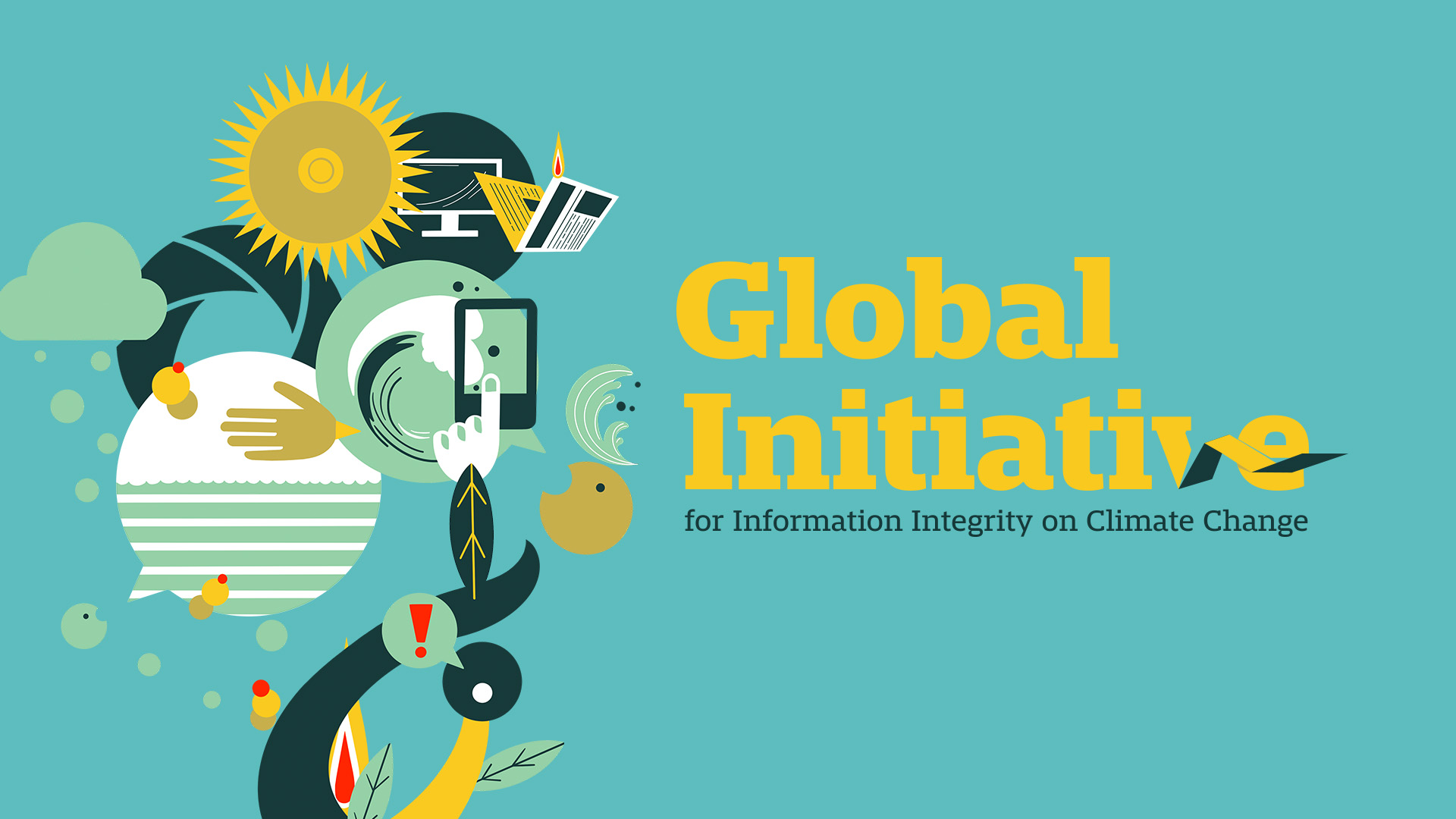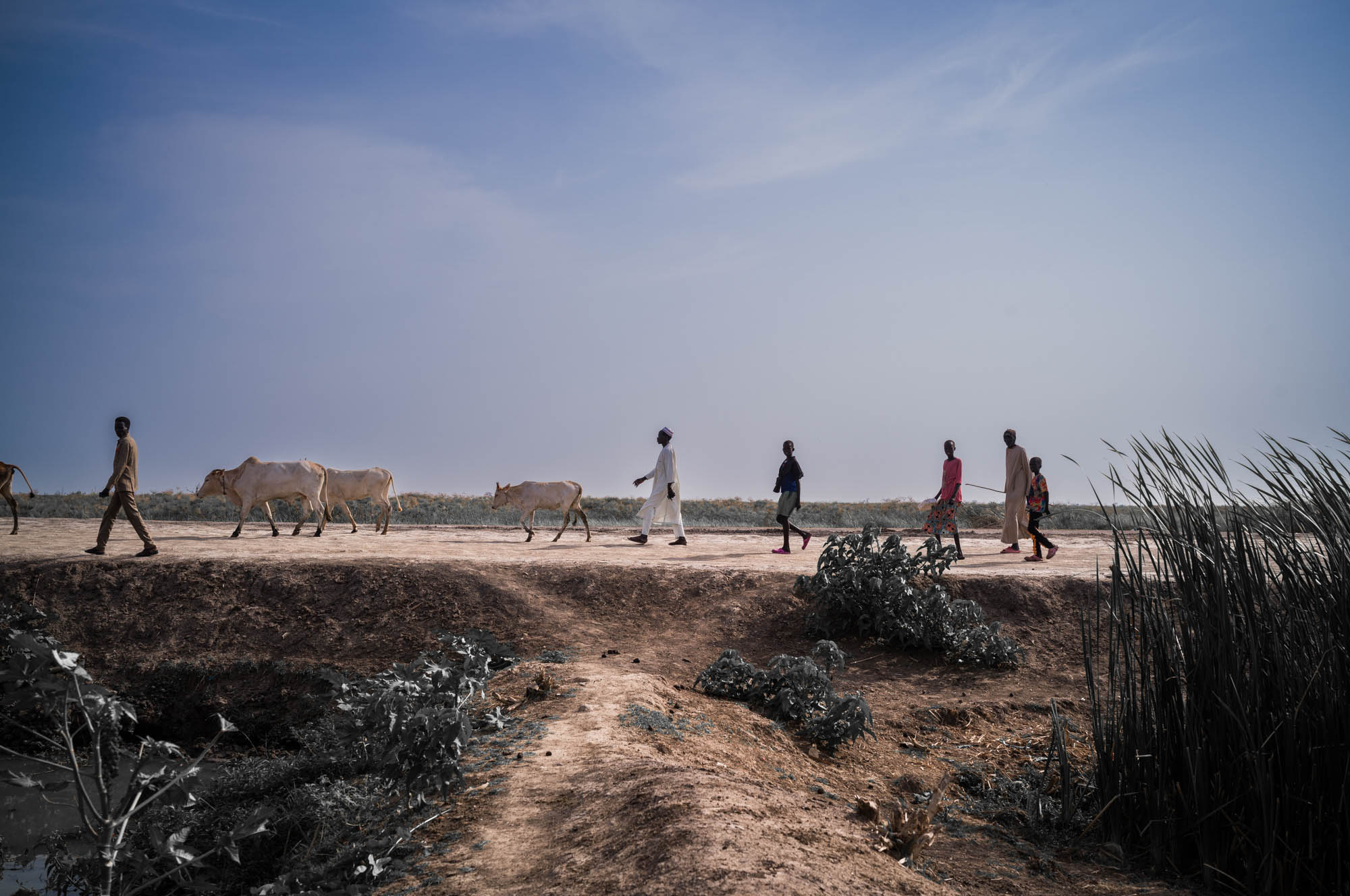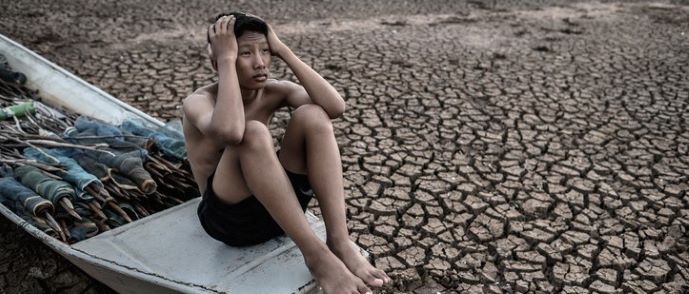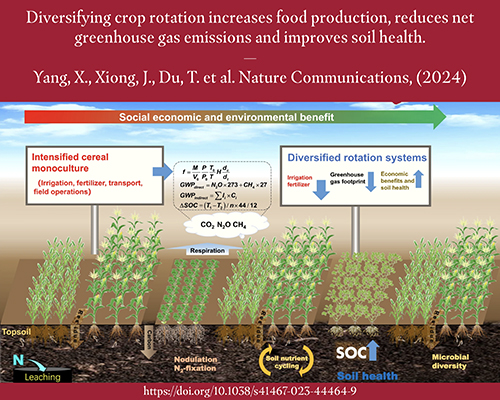Report on the Energy Sector’s Transition and its Impact on Sustainable Development Goals
Current Energy Landscape and Climate Implications
An analysis of the global energy sector reveals its significant impact on climate change and its current alignment with the Sustainable Development Goals (SDGs). The sector’s performance is a critical factor in achieving global climate targets.
- The energy sector is the single largest contributor to global greenhouse gas emissions, responsible for over 60 percent of the total. This directly challenges the progress of SDG 13 (Climate Action).
- Renewable sources currently constitute approximately 28 percent of the world’s electricity generation. This figure underscores the substantial gap that must be closed to meet the targets outlined in SDG 7 (Affordable and Clean Energy).
The Imperative for a Renewable Energy Transition
To mitigate climate change in line with international agreements, a rapid and comprehensive transformation of the energy sector is required. This transition is central to the framework of the SDGs.
- The Paris Agreement’s goal of limiting global warming to 1.5°C necessitates a fundamental shift in the global energy mix, placing a strong emphasis on the objectives of SDG 13 (Climate Action).
- According to the Intergovernmental Panel on Climate Change (IPCC), achieving this target requires the share of renewables in the energy mix to increase to a range of 70-85 percent by the year 2050.
- A swift move away from fossil fuels towards renewable sources is, therefore, a pivotal strategy for fulfilling global climate ambitions and advancing SDG 7.
Wind Energy as a Key Contributor to the SDGs
The development and deployment of renewable technologies, such as wind power, are instrumental in addressing the energy challenge and supporting multiple Sustainable Development Goals.
- The production, installation, and servicing of wind turbines provide a direct solution for increasing the share of clean energy.
- This technological advancement is a primary driver for SDG 7 (Affordable and Clean Energy), as it expands access to sustainable power sources.
- By displacing fossil fuel-based energy generation, wind energy serves as a fundamental tool for achieving the targets of SDG 13 (Climate Action).
- Furthermore, the expansion of wind energy infrastructure contributes to SDG 9 (Industry, Innovation, and Infrastructure) and supports the development of SDG 11 (Sustainable Cities and Communities).
-
Which SDGs are addressed or connected to the issues highlighted in the article?
SDG 7: Affordable and Clean Energy
- The article directly addresses SDG 7 by focusing on the global energy sector. It highlights the current low share of renewable energy in electricity generation and emphasizes the need for a transformation towards clean sources like wind power.
SDG 13: Climate Action
- The article is fundamentally about climate action. It links the energy sector to climate change by stating that “More than 60 percent of all greenhouse gases currently emitted are linked to the energy sector.” It presents the transition to renewable energy as a pivotal solution to “combat climate change” and meet the goals of the Paris Agreement.
-
What specific targets under those SDGs can be identified based on the article’s content?
Target 7.2: Increase the share of renewable energy
- The article explicitly discusses the need to “increase to 70-85 percent by 2050” the share of renewables in the energy mix. This directly aligns with Target 7.2, which aims to “increase substantially the share of renewable energy in the global energy mix.” The article quantifies the current status, stating that “only around 28 percent of the world’s electricity generation is derived from renewable sources.”
Target 13.2: Integrate climate change measures into policies and planning
- The article advocates for a “rapid transformation away from fossil energy sources to renewables” as a critical measure to “meet the ambitions of the Paris Agreement.” This transformation represents a core strategy and measure to be integrated into national and global planning to combat climate change, which is the essence of Target 13.2.
-
Are there any indicators mentioned or implied in the article that can be used to measure progress towards the identified targets?
Indicator for Target 7.2
- The article provides direct data points for what corresponds to Indicator 7.2.1 (Renewable energy share in the total final energy consumption). It states the current share is “around 28 percent” and the required share is “70-85 percent by 2050.” These percentages are direct measures of progress for this indicator.
Indicator for Target 13.2
- The article implies an indicator related to greenhouse gas emissions, such as Indicator 13.2.2 (Total greenhouse gas emissions per year). It establishes the problem by stating, “More than 60 percent of all greenhouse gases currently emitted are linked to the energy sector.” The proposed solution of transitioning to renewables is aimed at reducing these emissions, making their total volume a key metric for progress.
-
Create a table with three columns titled ‘SDGs, Targets and Indicators” to present the findings from analyzing the article.
SDGs Targets Indicators SDG 7: Affordable and Clean Energy Target 7.2: By 2030, increase substantially the share of renewable energy in the global energy mix. Indicator 7.2.1 (implied): Renewable energy share. The article provides specific data: the current share is “around 28 percent” and the target is “70-85 percent by 2050.” SDG 13: Climate Action Target 13.2: Integrate climate change measures into national policies, strategies and planning. Indicator 13.2.2 (implied): Total greenhouse gas emissions. The article implies this by stating that “More than 60 percent of all greenhouse gases currently emitted are linked to the energy sector,” identifying it as the key area for emission reduction.
Source: vestas.com







